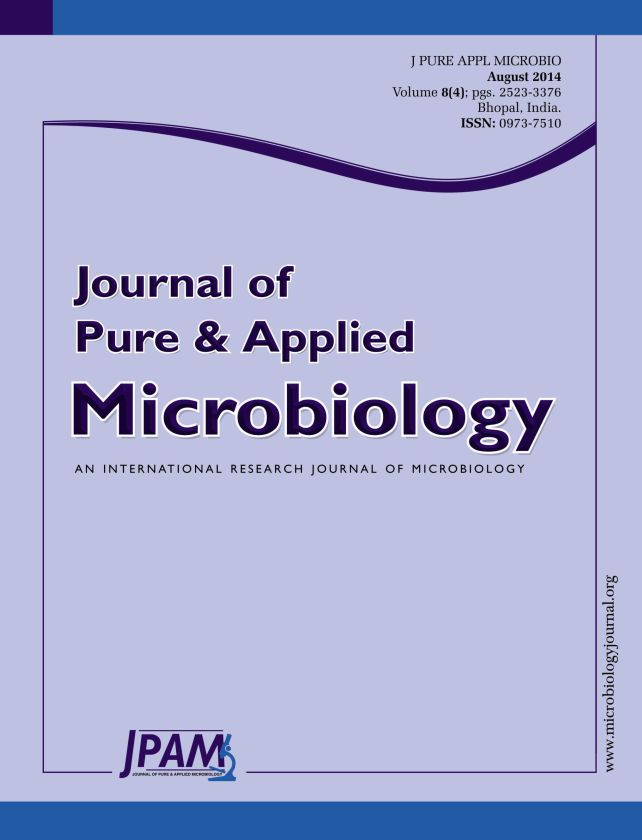Piglets weaning age is usually fast tracked to between 3-4 weeks for economic reasons. This burdens the immature gastro-intestinal tract of the weaned piglets with associated post weaning diarrhoeal syndromes (PWDs). In the European Union, the use of antibiotics as growth promoter in animal feed has been banned since 2006, so, in an attempt to finding alternative to the management of PWDs, this research was designed to isolate and characterize probiotic from indigenous South African Windsnyer pig breed. Four isolates namely: Lactobacillus reuteri ZJ625, Lactobacillus reuteri VB4, Lactobacillus salivarius ZJ614 and Streptococcus salivarius NBRC 13956 were characterized based on their probiotic attributes. The isolates resisted bile salt up to 1.2%v/v and survive at low pH of 3 with OD590 values ranging from 0.45 to 1.26 after 12 h incubation. From the adherence and survival assay, the average viable cell count after 6h incubation is 5.15 × 108 cfu/mL, with the highest viable count of 9.4 × 108 cfu/mL observed in Lactobacillus salivarius ZJ614 after 6 h of incubation. These results revealed probiotics that could be used in pig husbandry, efforts are on-going to further characterise these probiotics, develop a porcine gastro-intestinal model and ultimately establish an in vivo protocol.
post weaning diarrhoeal syndromes, antibiotics, probiotics, Gastro intestinal tracts, bile salt, viable cell, porcine
© The Author(s) 2014. Open Access. This article is distributed under the terms of the Creative Commons Attribution 4.0 International License which permits unrestricted use, sharing, distribution, and reproduction in any medium, provided you give appropriate credit to the original author(s) and the source, provide a link to the Creative Commons license, and indicate if changes were made.


